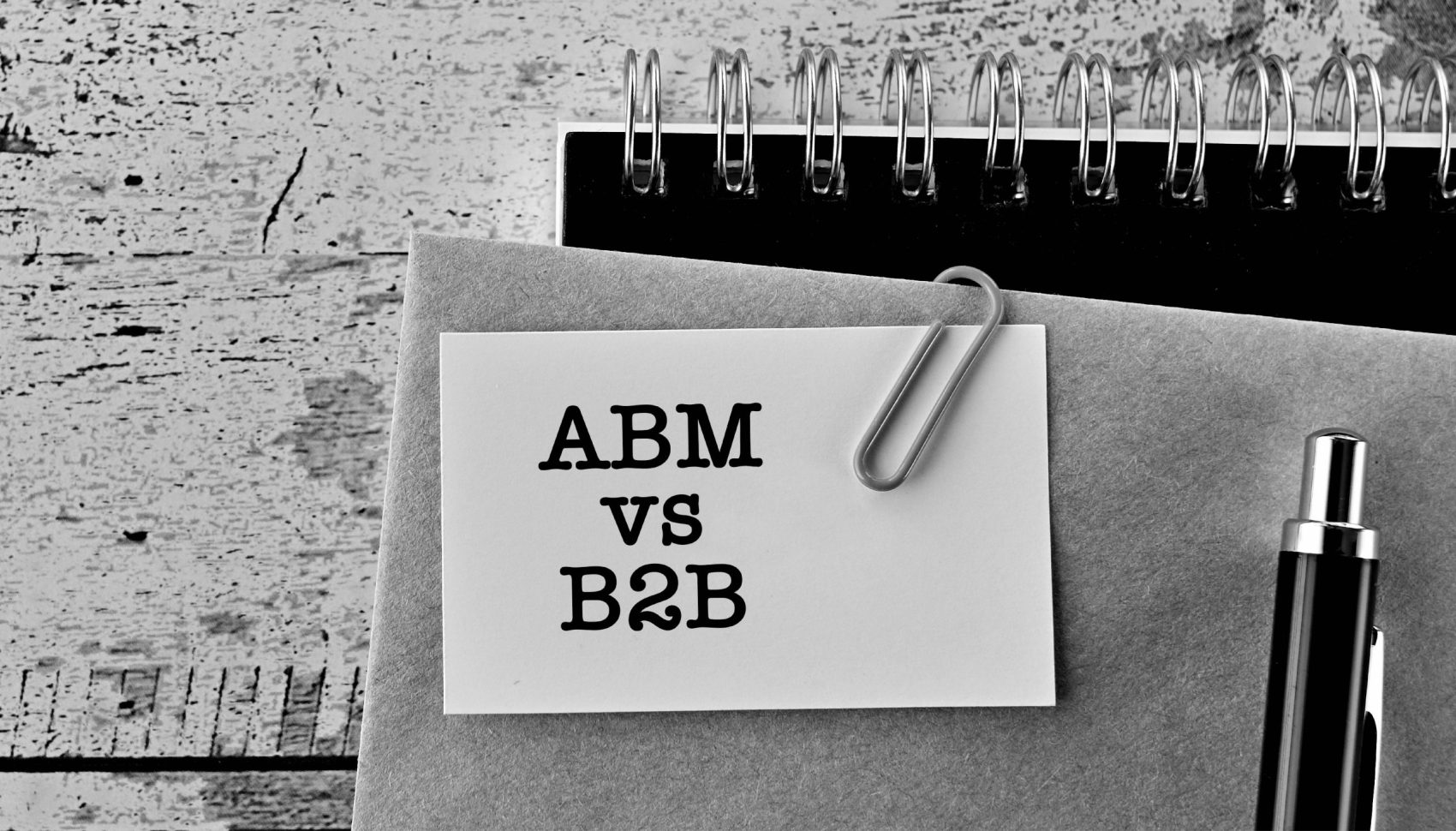If you’ve ever attempted to build a campfire from scratch, you’ve probably noticed that a good strategy is key to getting that spark, growing those flames and ultimately, achieving a roaring fire.
In fact, there are a few tried and tested formulas that always get the job done. Novices might make all the classic mistakes though, like piling three or four huge logs on damp ground, then scrunching together a few pieces of paper and throwing them on top. After blowing, fanning and just plain struggling to get those flames going, they’ll probably revert to asking someone with more experience for assistance.
You see, building a good campfire requires a focused series of steps and tiered elements that guarantee success; starting with a good base, adequate fuel and a tight yet airy structure to allow the flames to flourish. Randomly throwing everything together and hoping the logs catch a flame doesn’t usually work.
So what does this little analogy have to do with marketing? You might have read Steve Watt’s comparison, so this idea isn’t completely original. Or maybe you’ve encountered the spear-fishing analogy. However, the campfire metaphor provides such nuance that it’s worth revisiting.
But first:
How is Account-Based Marketing different from Traditional B2B Marketing?
Account-based marketing is a strategy that focuses its resources on targeted high-value accounts within the market. It utilises personalised campaigns to engage each account, and even specific people within those accounts. By identifying each account’s needs the account-based marketing approach focuses on quality to maximise accounts’ likelihood to close deals.
In contrast, traditional B2B marketing tends to cast a wide net to engage a diverse audience. When potential clients show interest, marketers nurture them with more generalised content (automated emails for example) and ultimately hope for lead conversion.
In the age of the internet, customers are becoming more choosy when it comes to marketing content, thereby leading to a rise in ABM demand and application.
Back to the fire analogy. Unlike traditional B2B marketing, ABM requires more attention to detail, and a series of specifically layered steps to ignite what we call a flywheel, or a steadily burning flame. Here’s how those three steps mentioned above directly translate into good ABM execution, and how they differ from the traditional marketing approach.
The 3 crucial elements to a powerful Account-Based Marketing Strategy
A good base
Trying to start a fire on wet ground won’t do. Neither will account-based marketing without a strong base. In order for ABM to work, executives need to be on board, show commitment to the whole process and provide appropriate resources. Equally stabilising is cooperation with the sales team.
With good communication, coordinated resource allocation and role assignments, these fundamental efforts provide stable ground for marketers and ensure a seamless transition for clients.
Contrarily, traditional B2B marketing exclusively focuses on exponential lead generation and a high quantity conversion rate. Moreover, this strategy doesn’t often invest in strong marketing-sales alignment, causing the process to be more fractured.
The right fuel
Tossing big logs on the ground with randomly dispersed kindling, then feverishly fanning a spark hoping it will catch a flame is a huge waste of energy and doesn’t promise a strong fire. This approach mirrors traditional B2B marketing methods. The act of throwing as much content as possible and distributing it on as many channels as you can doesn’t always guarantee success and often wastes time and costs.
Conversely, ABM strategically chooses accounts, layers customised content, and meaningfully engages with potential clients through specific channels, thereby conserving energy expenditure and sustaining continued interest.
Just as methodically layered kindling guides the flames to grow until you get a roaring fire, so does ABM content creation and distribution maintains clients’ interest and encourages them to stay engaged until conversion.
A stable structure
Here’s a secret: the teepee method. Alongside the right foundation and thoughtfully layered fuel, a good campfire requires a structure that simultaneously allows it to breathe and concentrates the flames so they don’t disperse.
Account-based marketing requires something similar. Alongside good executive support and tailored content, a structure of monitoring and evaluation is needed to assess the frequency and quality of clients’ engagement.
Making adjustments based on these patterns that are both flexible and calculated might make the difference in lead generation and account conversion. Where ABM adds nuance to the entire process, traditional B2B often lacks structures that enable marketers to pay close attention to each client’s needs and evolve accordingly.
Final Thoughts:
When assessing the pros and cons of account-based marketing vs. traditional B2B marketing methods, some might say that ABM requires too much time investment in creating all of that customised content for each account, while traditional B2B marketing still succeeds in scoring accounts without all of that attention to detail.
There might be some truth to the matter. However, the initial methodical investments that ABM demands, create that flywheel effect, a momentum that keeps your business spinning and growing, just like a campfire that takes on a life of its own.
So is it worth it to apply account-based marketing as opposed to the more traditional marketing method? If your goal is to enjoy the fruits of your labour, satisfy your clients and encourage longevity, the answer is yes, it's worth it.

